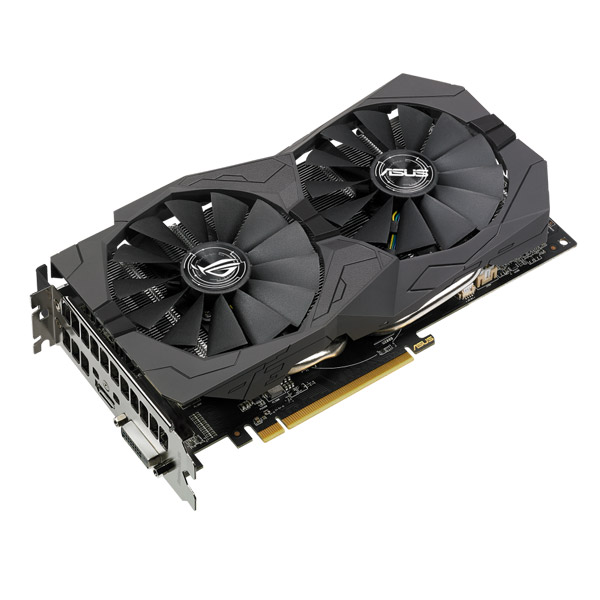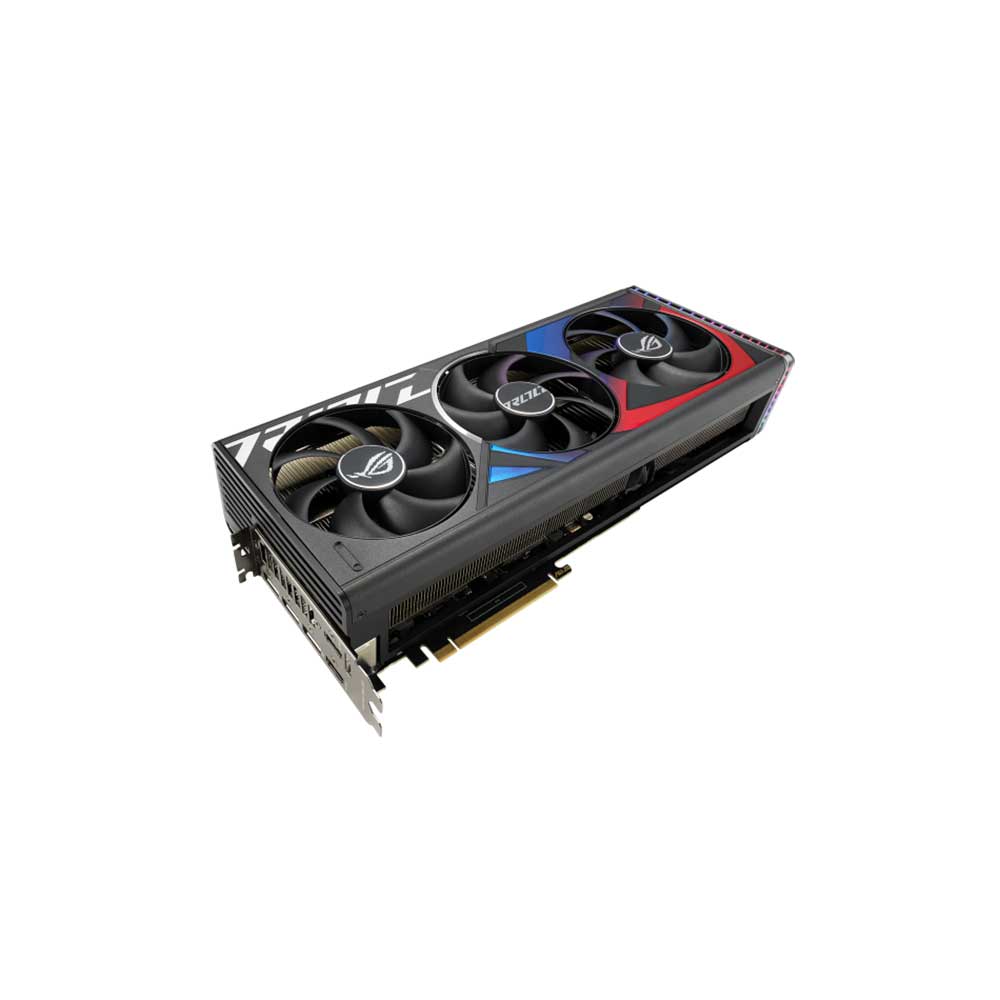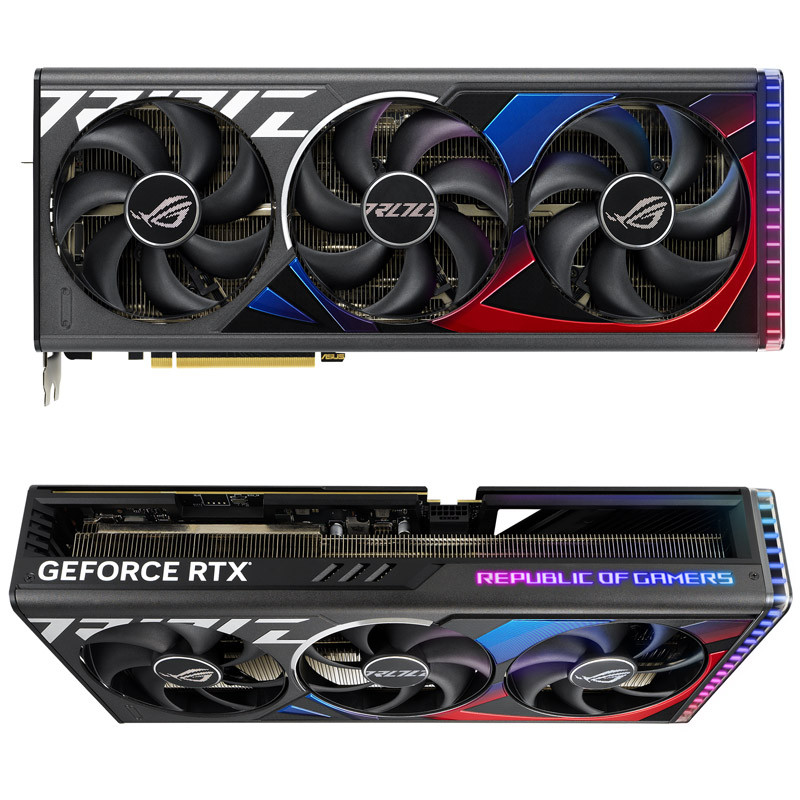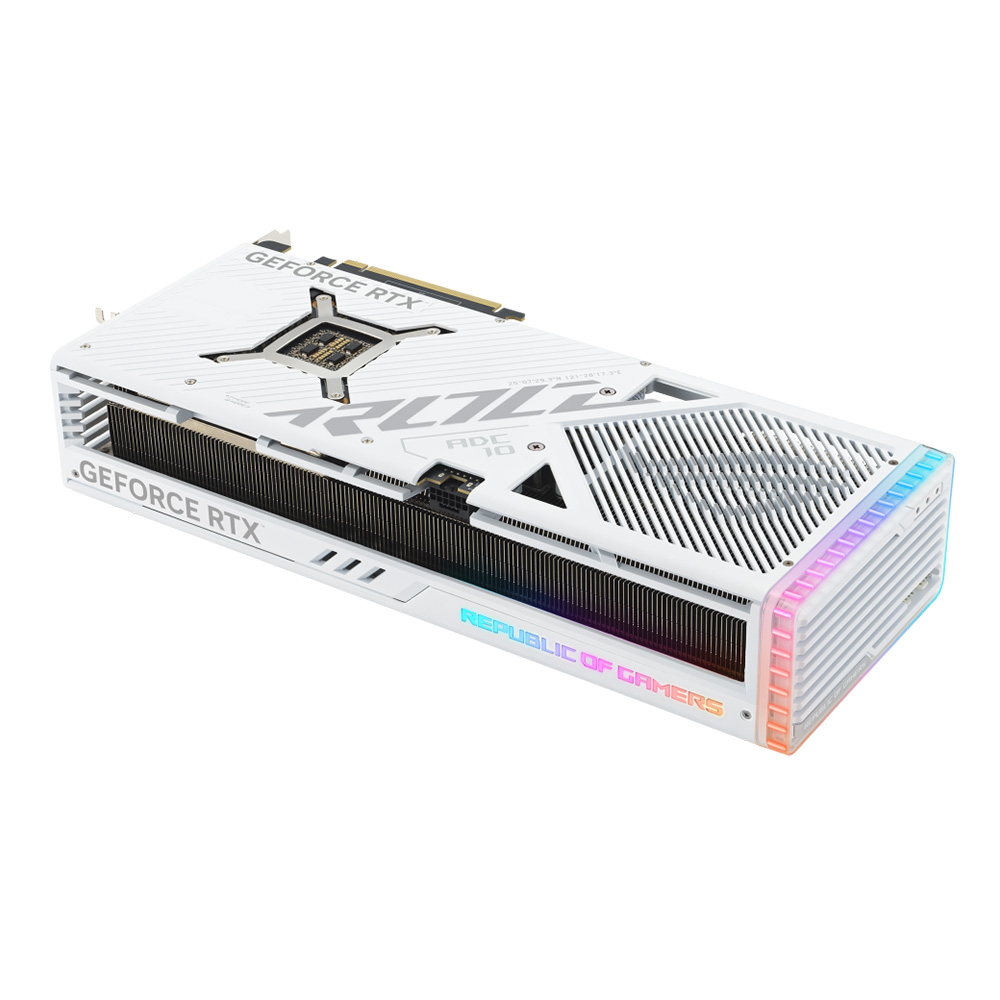Building your own graphics card location PC can be a rewarding and cost-effective endeavor, but it does come with its set of challenges and technical details. One critical component in any gaming or high-performance PC is the graphics card (GPU). Properly installing your GPU is vital for both optimal performance and system stability. In this guide, we’ll walk you through the key considerations for installing your graphics card location PC.
Understanding the Importance of Graphics Card Placement
The Role of the GPU
The graphics card, or GPU, is essential for rendering images, video, and animations. It takes the data from the CPU and translates it into visuals you see on your monitor. A well-placed GPU ensures efficient cooling, stable performance, and sufficient space for other components. Understanding the role of the GPU highlights the importance of its proper placement.
Proper installation of the GPU is crucial for avoiding bottlenecks and ensuring smooth performance. Misplacement or poor fit may lead to overheating, inadequate airflow, and even hardware failure over time. Knowing the significance of the GPU helps you prioritize its correct installation in the build process.
Impact on Performance
The location of the GPU affects its cooling efficiency and performance. Proper placement ensures adequate airflow, preventing overheating and throttling. Poor GPU placement can lead to higher temperatures, reduced performance, and potential hardware issues. Understanding this impact underscores the importance of following best practices in GPU installation.
The right placement also provides ease of access for future upgrades and maintenance. Ensuring the GPU is securely and correctly positioned can prevent connectivity issues and enhance the overall system stability. Highlighting the impact on performance reinforces why proper GPU installation is crucial in PC building.

Selecting the Right PCIe Slot
Understanding PCIe Slots
Most modern motherboards come with multiple PCIe (Peripheral Component Interconnect Express) slots, each designed to offer different levels of performance. The PCIe x16 slot is typically the primary slot for GPUs, offering the most bandwidth for high-performance cards. Understanding the different PCIe slots helps you choose the optimal one for your GPU.
Other slots such as PCIe x4 and PCIe x1 are generally reserved for other expansion cards like network adapters, sound cards, or SSDs. Identifying the correct PCIe slot for your GPU ensures you maximize its performance capabilities. Knowing the specifics of PCIe slots makes it easier to navigate their placement and functionality.
Primary vs. Secondary PCIe Slots
For optimal performance, install your GPU in the primary PCIe x16 slot. This slot is usually the closest to the CPU and offers the full bandwidth needed for high-performance GPUs. Secondary slots may provide additional connectivity but often at reduced bandwidth, impacting performance negatively. Differentiating between primary and secondary slots is key to effective GPU installation.
Some motherboards support multi-GPU setups like NVIDIA SLI or AMD CrossFire, where you need to install GPUs in specific slots for these technologies to function correctly. Checking your motherboard’s manual or specifications ensures proper GPU placement and optimal performance. Understanding primary vs. secondary slots helps you make informed decisions during the installation process.
Preparing Your Case for Installation
Clearing Space
Before installing your GPU, ensure there’s enough space in your case. Remove any cables, existing cards, or obstructions that may interfere with the installation process. Larger GPUs, particularly those with aftermarket coolers, may require a significant amount of space. Clearing space helps you avoid damaging other components and ensures a smooth installation process.
Cable management is crucial for maintaining good airflow and keeping your build neat. Use cable ties or Velcro straps to organize cables and keep them out of the way. Proper cable management not only improves airflow but also makes future maintenance easier. Clearing space and managing cables ensures a cleaner, more efficient build environment.
Checking Compatibility
Ensure your GPU is compatible with your case and other components. This includes checking the physical dimensions of the GPU against the available space in your case. Additionally, confirm that your power supply unit (PSU) has the necessary connectors and sufficient wattage to support the GPU. Checking compatibility prevents potential issues during and after installation.
Consult your motherboard’s manual to verify compatibility and any specific installation instructions. Some cases or motherboards may have unique features or constraints that require special attention. Verifying compatibility ahead of time ensures a smoother installation and avoids unexpected problems. Ensuring compatibility is a proactive step towards a successful GPU installation.

Inserting the Graphics Card
Removing Expansion Slot Covers
Before you can insert your GPU, you’ll need to remove the expansion slot covers at the back of your case. These metal pieces cover the slots where your GPU’s output ports will align with the case’s openings. Use a screwdriver to remove the necessary covers, typically one or two, depending on your GPU’s size. Removing these covers allows for a proper fit and access to output ports.
Be careful to keep the screws and covers in a safe place in case you need them for future components or modifications. Proper handling of these covers ensures you don’t misplace or lose any critical pieces during the installation process. Removing expansion slot covers is a straightforward but essential step in GPU installation.
Seating the GPU
With the expansion slot covers removed, align the GPU with the PCIe slot. Ensure the metal bracket on the GPU fits into the space where the expansion slot covers were removed. Firmly but gently push the GPU into the PCIe slot until it clicks into place. It is crucial to apply even pressure to avoid damaging the slot or the card. Properly seating the GPU ensures a secure connection.
Once seated, secure the GPU to the case using the screws from the expansion slot covers or those provided with your case. This prevents the card from moving and maintains a stable connection. Correctly seating and securing the GPU is essential for ensuring stable performance and preventing potential damage.
Connecting Power Cables
Identifying Power Connectors
Most modern GPUs require additional power from the PSU, aside from the power supplied by the PCIe slot. Identify the power connectors on your GPU—these can be 6-pin, 8-pin, or a combination. Your PSU should have corresponding connectors labeled PCIe. Identifying these connectors ensures you provide adequate power to your GPU.
Refer to your GPU’s manual to confirm the required power connections. Failing to connect the necessary power cables can result in the GPU not functioning correctly or system instability. Knowing the power requirements ahead of time helps streamline the installation process. Properly identifying power connectors is key to a successful GPU installation.
Connecting the Cables
Connect the appropriate power cables from your PSU to the GPU. Ensure a snug fit to avoid any connection issues. Modern PSU cables are often modular, allowing you to plug in only the cables you need, which helps with cable management and airflow.
Once connected, double-check that all connections are secure and there are no loose cables that might interfere with the GPU’s fans or other components. Properly routing and securing power cables not only keeps the interior of your case organized but also ensures reliable performance. Connecting power cables correctly is crucial for the stable operation of your GPU.

Conclusion
Properly installing your graphics card location PC is a crucial step in building a high-performance PC. From understanding the role and placement of the GPU to selecting the right PCIe slot and ensuring all connections are secure, each step is vital for optimal performance and stability. Clearing space, checking compatibility, and managing cables further streamline the process. By following these guidelines, you ensure that your GPU installation is successful, allowing you to enjoy enhanced graphics performance whether you’re gaming, designing, or using resource-intensive applications. Embrace these best practices to get the most out of your graphics card and build a graphics card location pc that meets your needs and exceeds your expectations.
